The introduction of the Fulvia saloon in 1963 maintained Lancia’s reputation for innovation in automobile design. The boxily-styled Appia replacement featured an all-new, narrow-angle, V4, overhead-camshaft engine and front-wheel drive, with independent front suspension by double wishbones and disc brakes all round. A 2+2 coupé on a shorter wheelbase was launched in 1965. Though mechanically similar, the beautiful newcomer had all the visual presence its progenitor lacked and came with a 1,216cc engine producing 80bhp. In tuned, lightweight ‘HF’ guise the Fulvia also provided Lancia with a means to contest the World Rally Championship. Lancia had used a variety of models during the 1950s, achieving a modicum of success, but with the Fulvia’s arrival Cesare Fiorio’s Squadra Corse works team had a car capable of consistently challenging for outright victory. The works team campaigned the Fulvia in 1.2- and 1.3-litre forms, securing a handful of wins at World Championship level, before the advent of the 1.6-litre, five-speed HF1600 for 1969 gave them the means to mount a more serious challenge. Ultimate expression of the Fulvia Coupé, the HF1600 came with a 1,584cc engine producing 115bhp in road trim with up to 165bhp available in rally tune. The works team used the HF1600 consistently between 1969 and 1974, securing seven European Championship wins in 1970, six in 1971 and seven the following year to take the World Rally Championship for Makes in 1972. Alpine-Renault’s A110 took the title for the French manufacturer in 1973 but the HF1600 was not done yet, helping Lancia to a second Makes championship in 1974 together with the Stratos and Beta Coupé, while Harry Källström (1969) and Sandro Munari (1972) became European Rally Champions driving the HF1600. (Before the advent of the World Drivers’ Championship in 1978, the European was the FIA’s only official rally championship for drivers). The role call of Fulvia drivers includes some of the great names in rallying history: Ove Andersson, Vic Elford, Pauli Toivonen, Réné Trautman, Leo Cella, Rauno Aaltonen and Simo Lampinen in addition to Munari and Källström. A landmark model of immense significance, the Fulvia HF1600 effectively established Lancia’s considerable reputation on the World Rallying stage and paved the way for the legendary Stratos, Rally 037 and Delta Integrale models. When production ceased in 1973, a total of 3,690 stradale (road going) HF1600s had been produced, with a further 1,258 being built to ‘Rallye’ specification. Toady, genuine Fanalones are both rare and valuable but replicas are eligible for historic rallies and are relatively easy to construct. Built by Vere Lancia in Holland to approximately works Group 4 rally specification on an earlier (1967) lightweight chassis, this example has a estimated power output of around 135bhp and is almost identical to Simo Lampinen’s 1972 RAC Rally Fulvia, in which he finished 5th in that event. The car has had minimal use since being rebuilt in 2007 for a collector of factory Lancia rally cars and is in excellent condition, ready to stage rally or enjoy in the many European regularity events in which Fulvias compete so well. Purchased by the current owner in 2008, this Fanalone was tested for Octane magazine (January 2009 edition) by Richard Simister, himself the past owner of a road going HF1600, who rated it ‘far and away the sharpest, keenest, best-handling Fulvia I have driven, and one of the best front-wheel-drive cars, period.’ The car has current FIA HTP papers and comes with UK Swansea V5 registration document. Aujourd'hui, les authentiques "Fanalone" sont rares et de prix élevé, mais les répliques sont éligibles en rallyes historiques et assez faciles à construire. Fabriquée par Vere Lancia en Hollande pour approcher les spécifications des Groupe 4 usine, à partir d'un châssis allégé antérieur (1967), cet exemplaire développe environ 135 ch. Il est presque identique à la Fulvia de Simo Lampinen au rallye du
The introduction of the Fulvia saloon in 1963 maintained Lancia’s reputation for innovation in automobile design. The boxily-styled Appia replacement featured an all-new, narrow-angle, V4, overhead-camshaft engine and front-wheel drive, with independent front suspension by double wishbones and disc brakes all round. A 2+2 coupé on a shorter wheelbase was launched in 1965. Though mechanically similar, the beautiful newcomer had all the visual presence its progenitor lacked and came with a 1,216cc engine producing 80bhp. In tuned, lightweight ‘HF’ guise the Fulvia also provided Lancia with a means to contest the World Rally Championship. Lancia had used a variety of models during the 1950s, achieving a modicum of success, but with the Fulvia’s arrival Cesare Fiorio’s Squadra Corse works team had a car capable of consistently challenging for outright victory. The works team campaigned the Fulvia in 1.2- and 1.3-litre forms, securing a handful of wins at World Championship level, before the advent of the 1.6-litre, five-speed HF1600 for 1969 gave them the means to mount a more serious challenge. Ultimate expression of the Fulvia Coupé, the HF1600 came with a 1,584cc engine producing 115bhp in road trim with up to 165bhp available in rally tune. The works team used the HF1600 consistently between 1969 and 1974, securing seven European Championship wins in 1970, six in 1971 and seven the following year to take the World Rally Championship for Makes in 1972. Alpine-Renault’s A110 took the title for the French manufacturer in 1973 but the HF1600 was not done yet, helping Lancia to a second Makes championship in 1974 together with the Stratos and Beta Coupé, while Harry Källström (1969) and Sandro Munari (1972) became European Rally Champions driving the HF1600. (Before the advent of the World Drivers’ Championship in 1978, the European was the FIA’s only official rally championship for drivers). The role call of Fulvia drivers includes some of the great names in rallying history: Ove Andersson, Vic Elford, Pauli Toivonen, Réné Trautman, Leo Cella, Rauno Aaltonen and Simo Lampinen in addition to Munari and Källström. A landmark model of immense significance, the Fulvia HF1600 effectively established Lancia’s considerable reputation on the World Rallying stage and paved the way for the legendary Stratos, Rally 037 and Delta Integrale models. When production ceased in 1973, a total of 3,690 stradale (road going) HF1600s had been produced, with a further 1,258 being built to ‘Rallye’ specification. Toady, genuine Fanalones are both rare and valuable but replicas are eligible for historic rallies and are relatively easy to construct. Built by Vere Lancia in Holland to approximately works Group 4 rally specification on an earlier (1967) lightweight chassis, this example has a estimated power output of around 135bhp and is almost identical to Simo Lampinen’s 1972 RAC Rally Fulvia, in which he finished 5th in that event. The car has had minimal use since being rebuilt in 2007 for a collector of factory Lancia rally cars and is in excellent condition, ready to stage rally or enjoy in the many European regularity events in which Fulvias compete so well. Purchased by the current owner in 2008, this Fanalone was tested for Octane magazine (January 2009 edition) by Richard Simister, himself the past owner of a road going HF1600, who rated it ‘far and away the sharpest, keenest, best-handling Fulvia I have driven, and one of the best front-wheel-drive cars, period.’ The car has current FIA HTP papers and comes with UK Swansea V5 registration document. Aujourd'hui, les authentiques "Fanalone" sont rares et de prix élevé, mais les répliques sont éligibles en rallyes historiques et assez faciles à construire. Fabriquée par Vere Lancia en Hollande pour approcher les spécifications des Groupe 4 usine, à partir d'un châssis allégé antérieur (1967), cet exemplaire développe environ 135 ch. Il est presque identique à la Fulvia de Simo Lampinen au rallye du
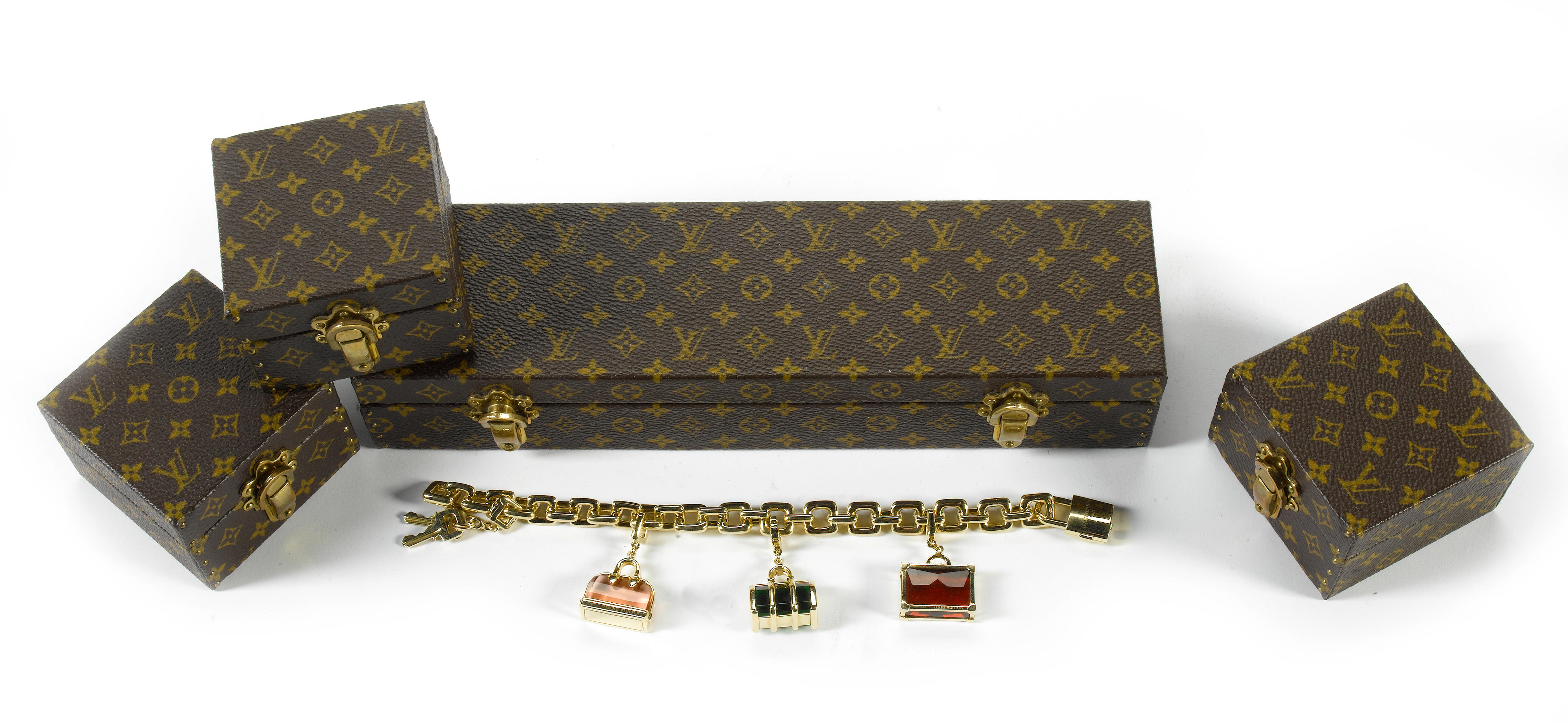


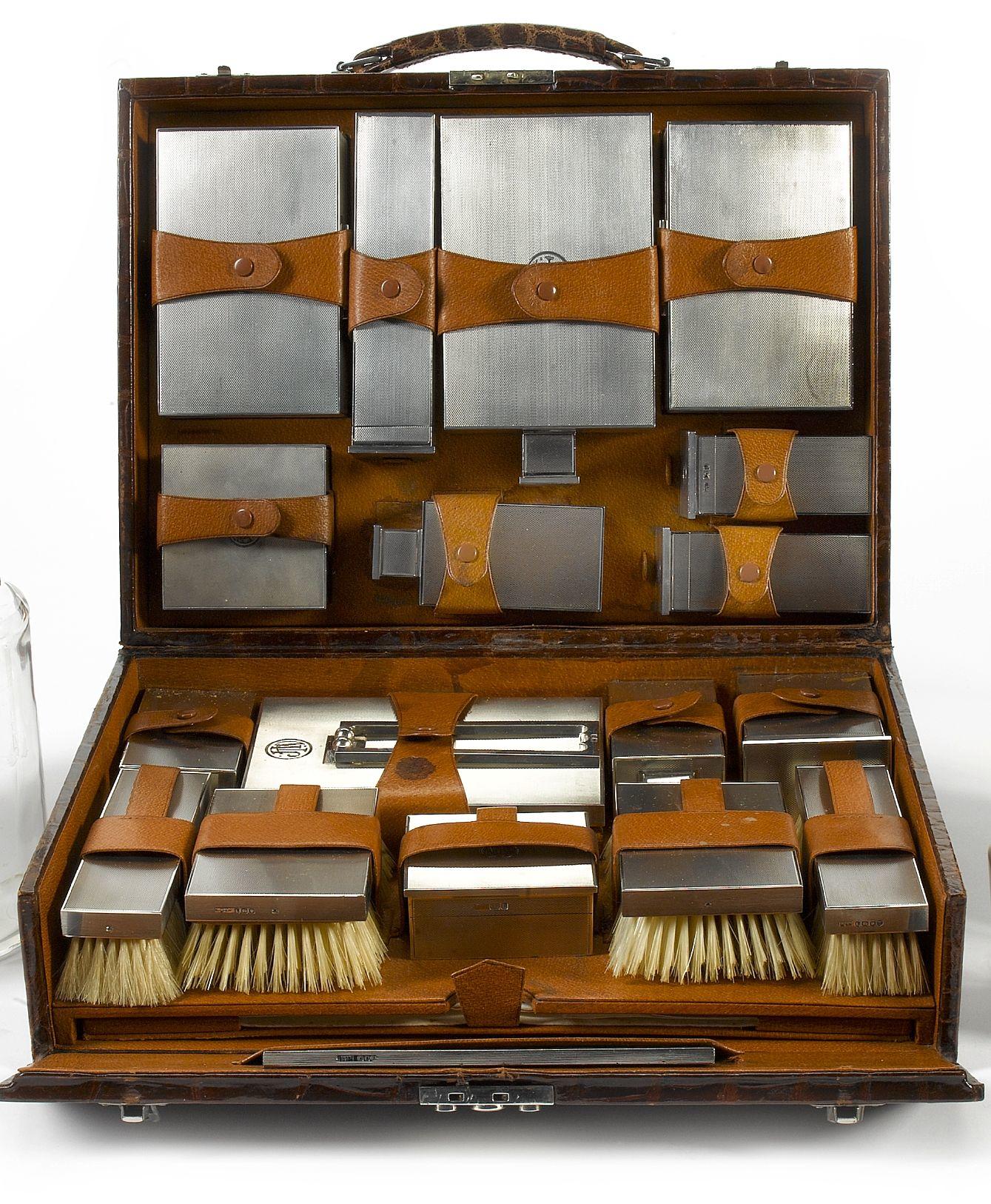
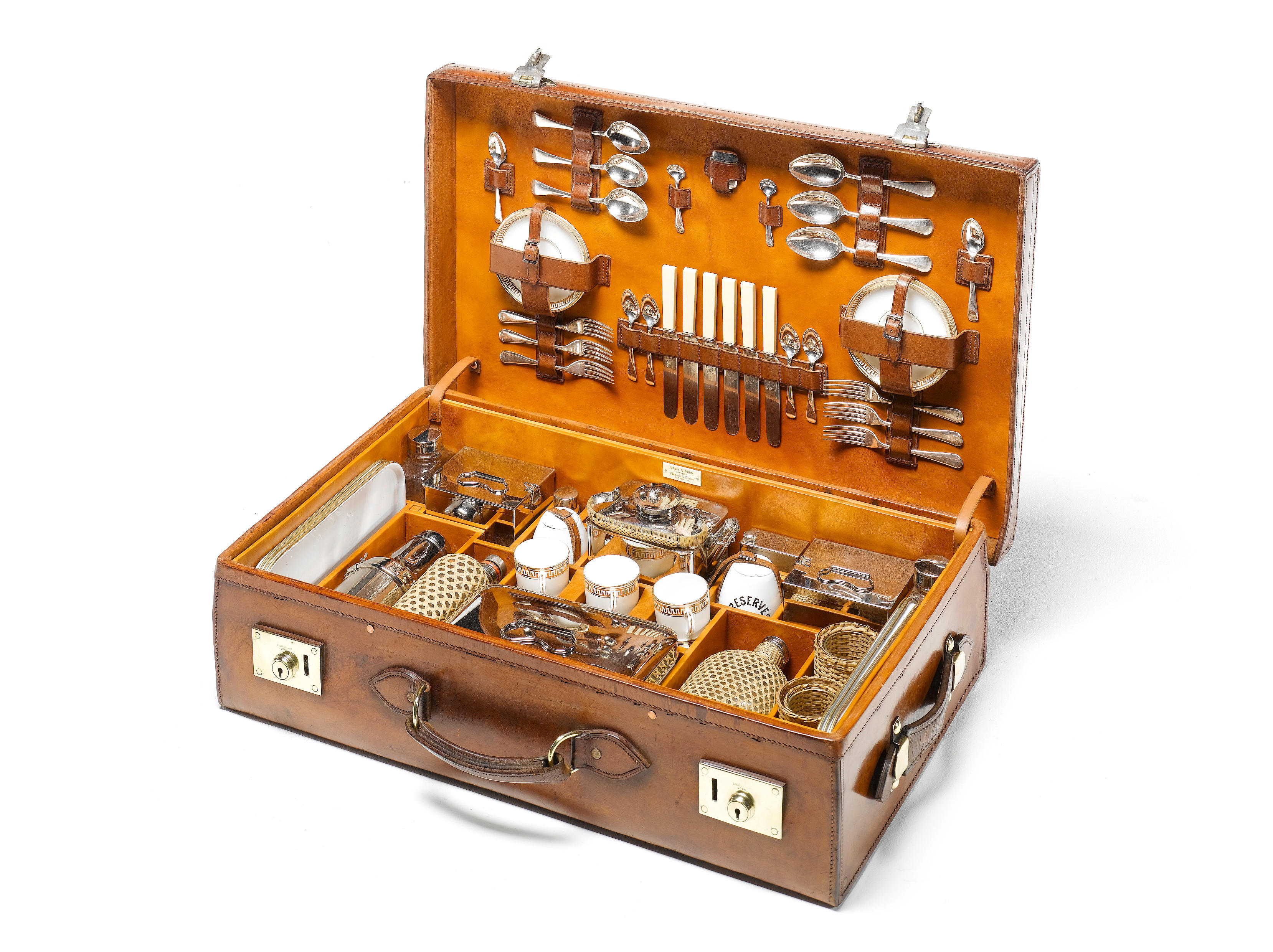
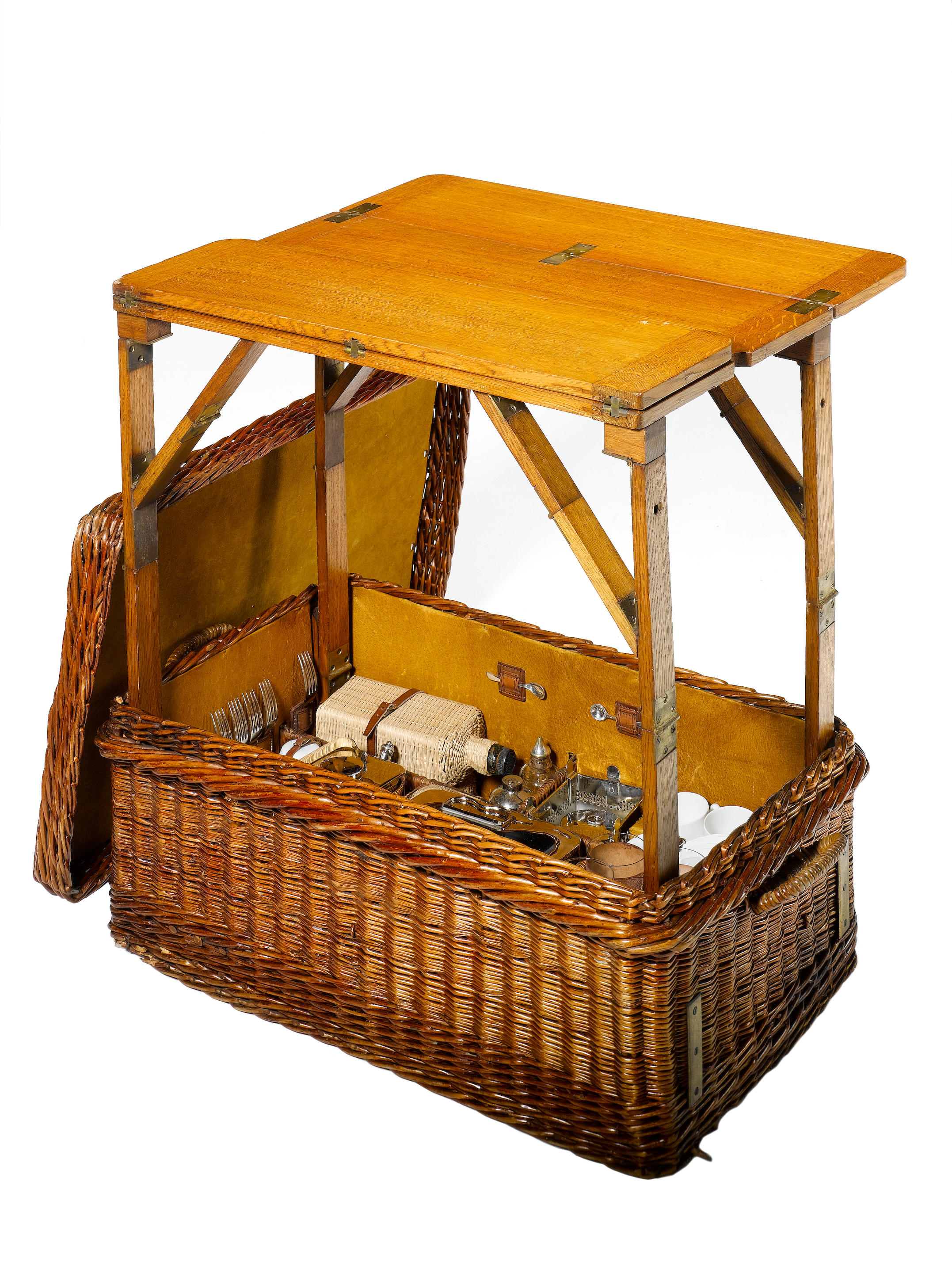

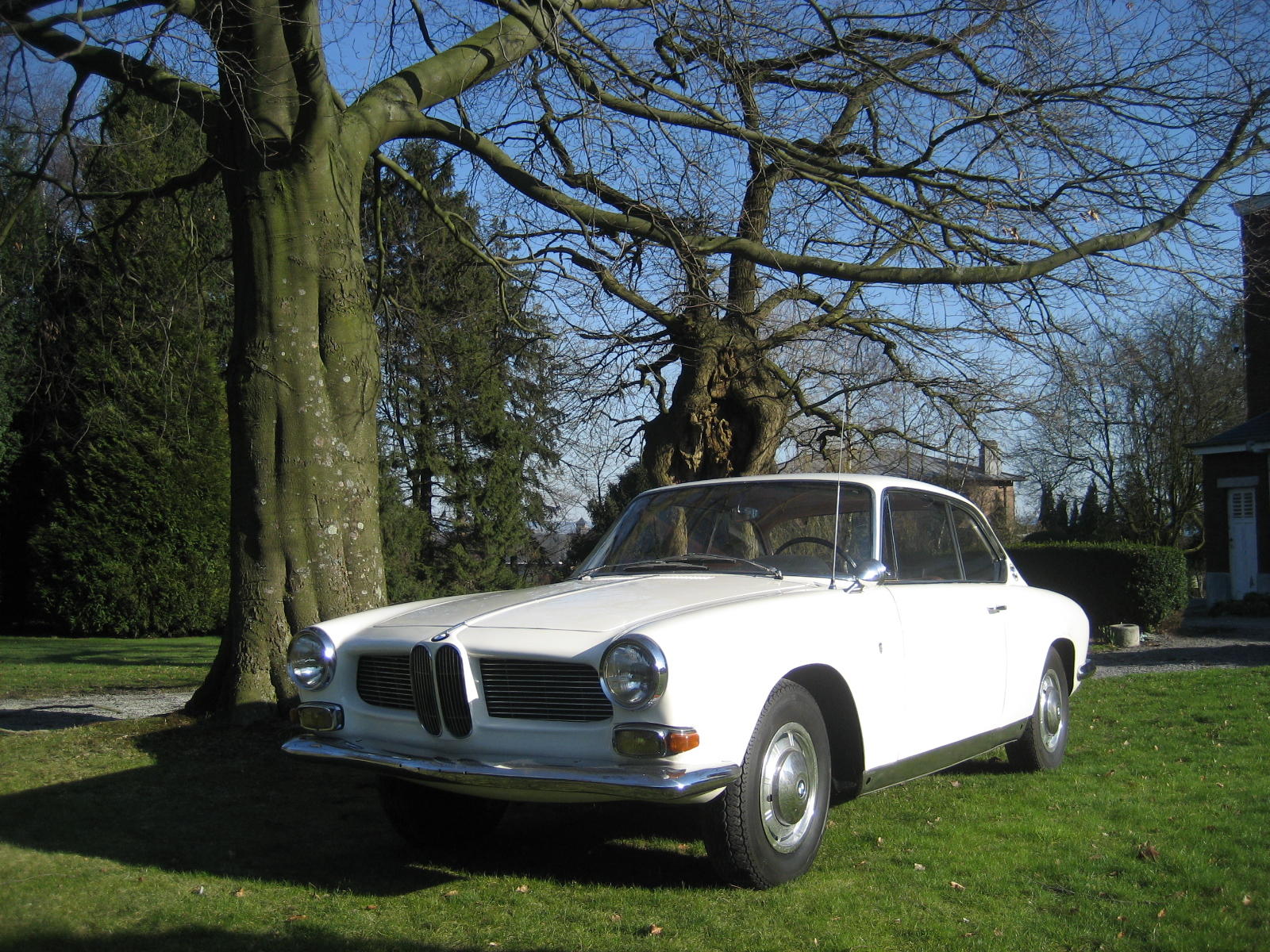

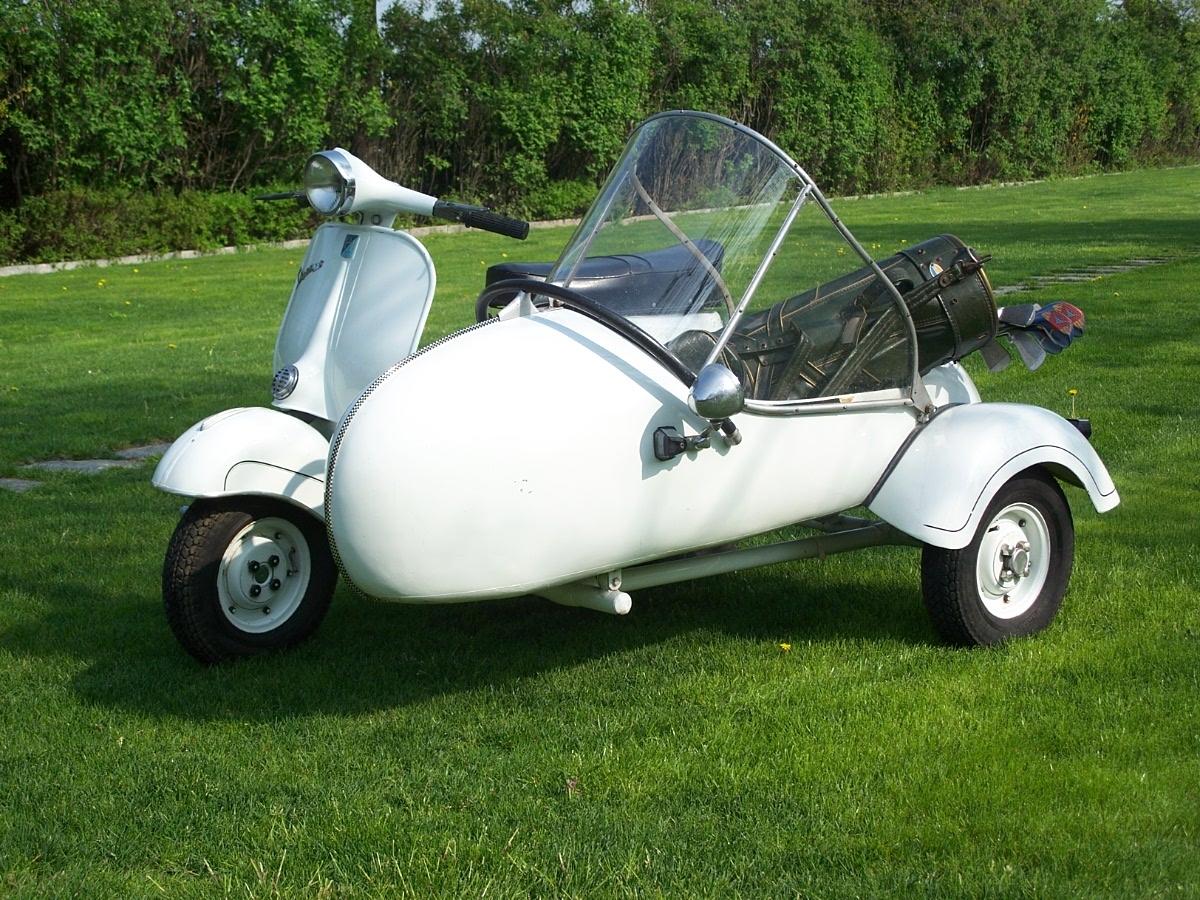
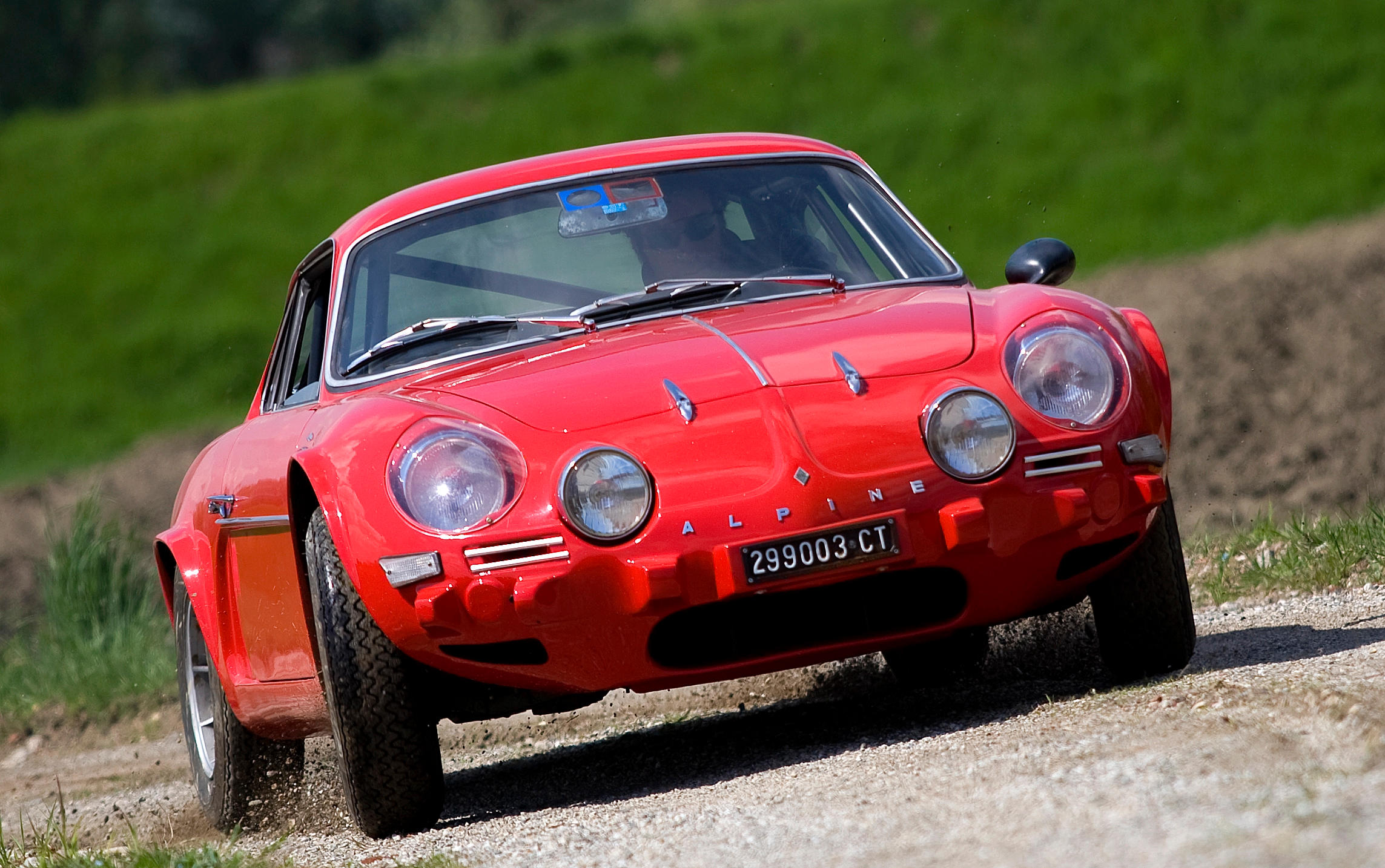
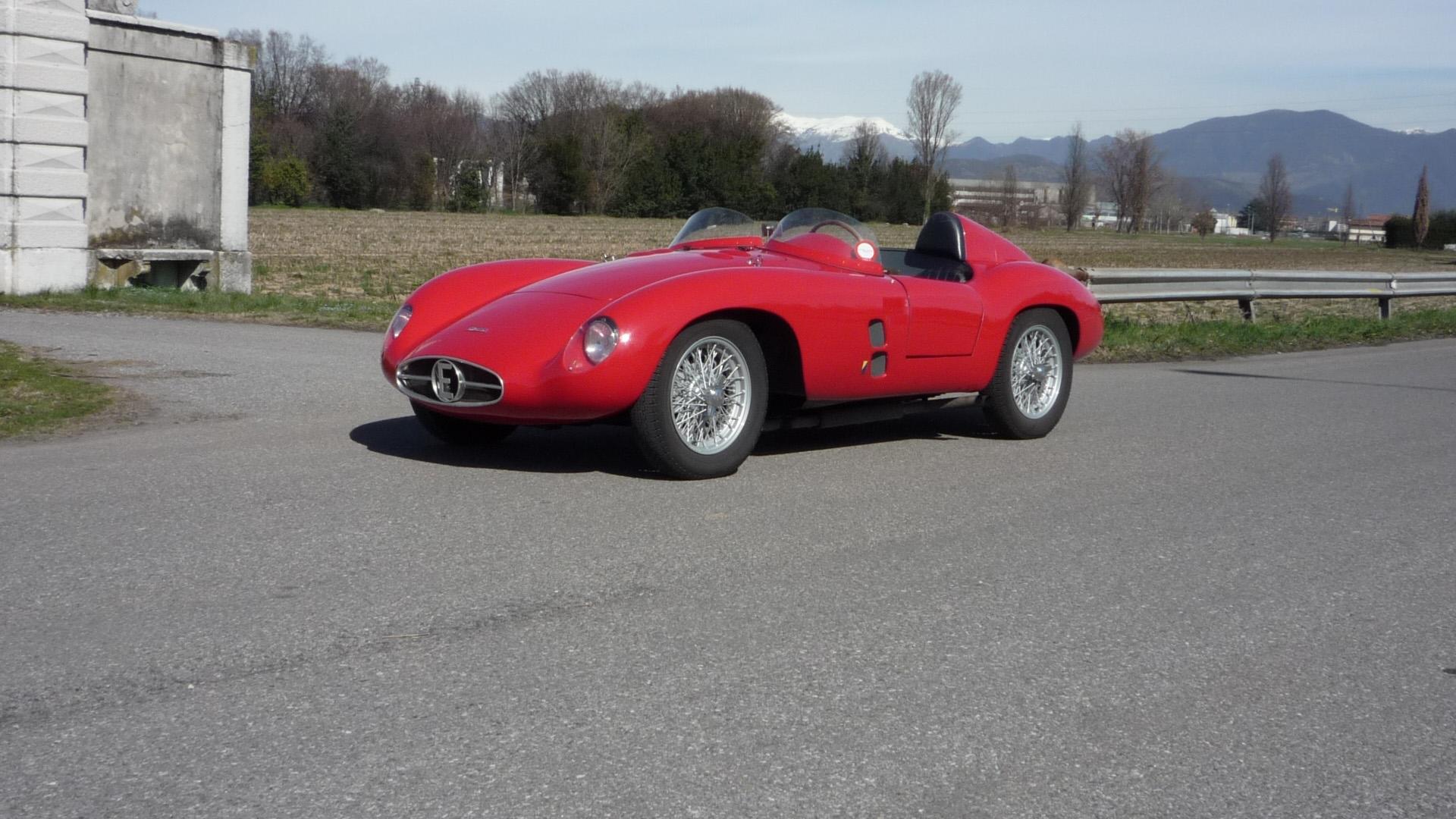
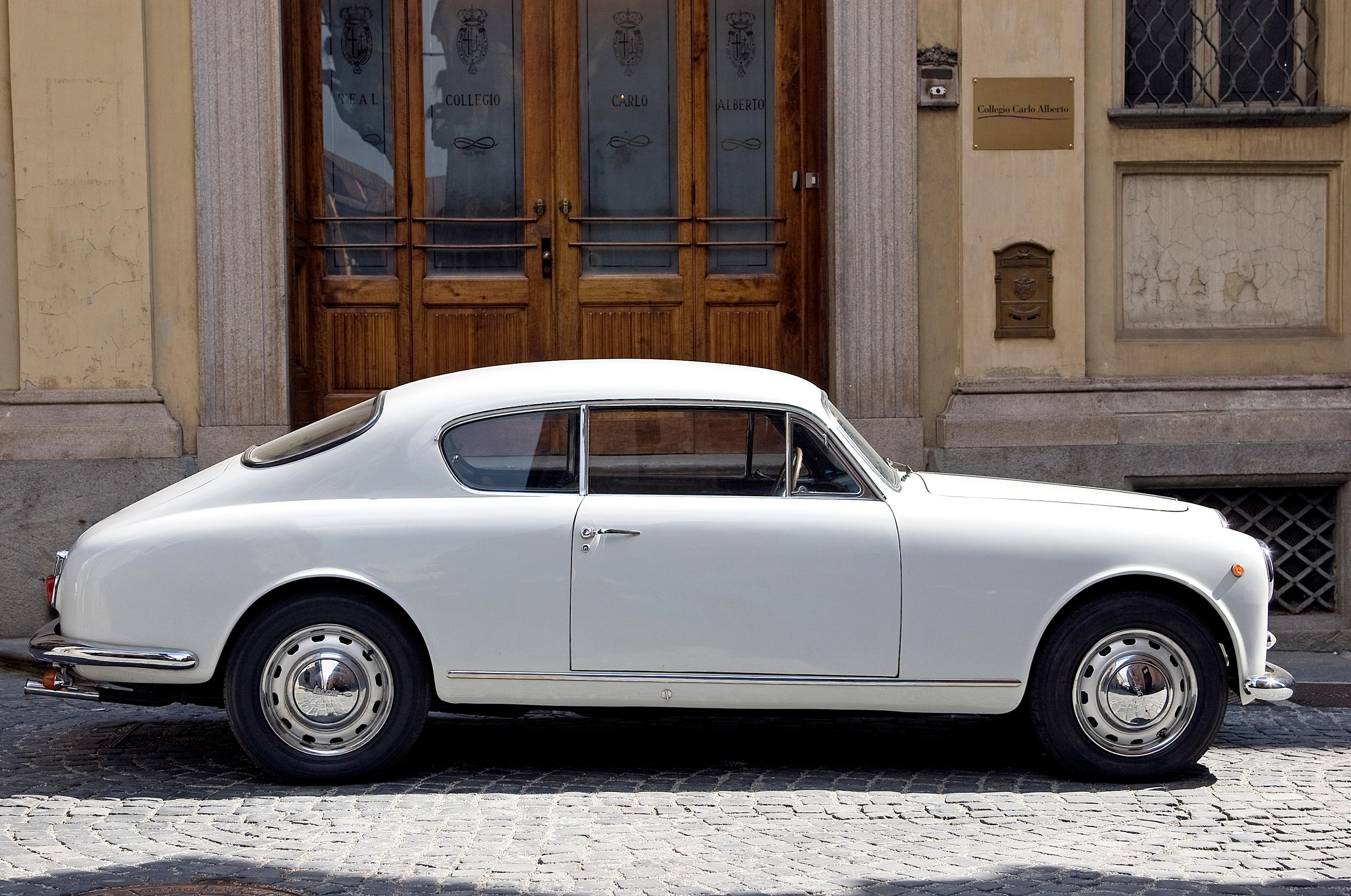
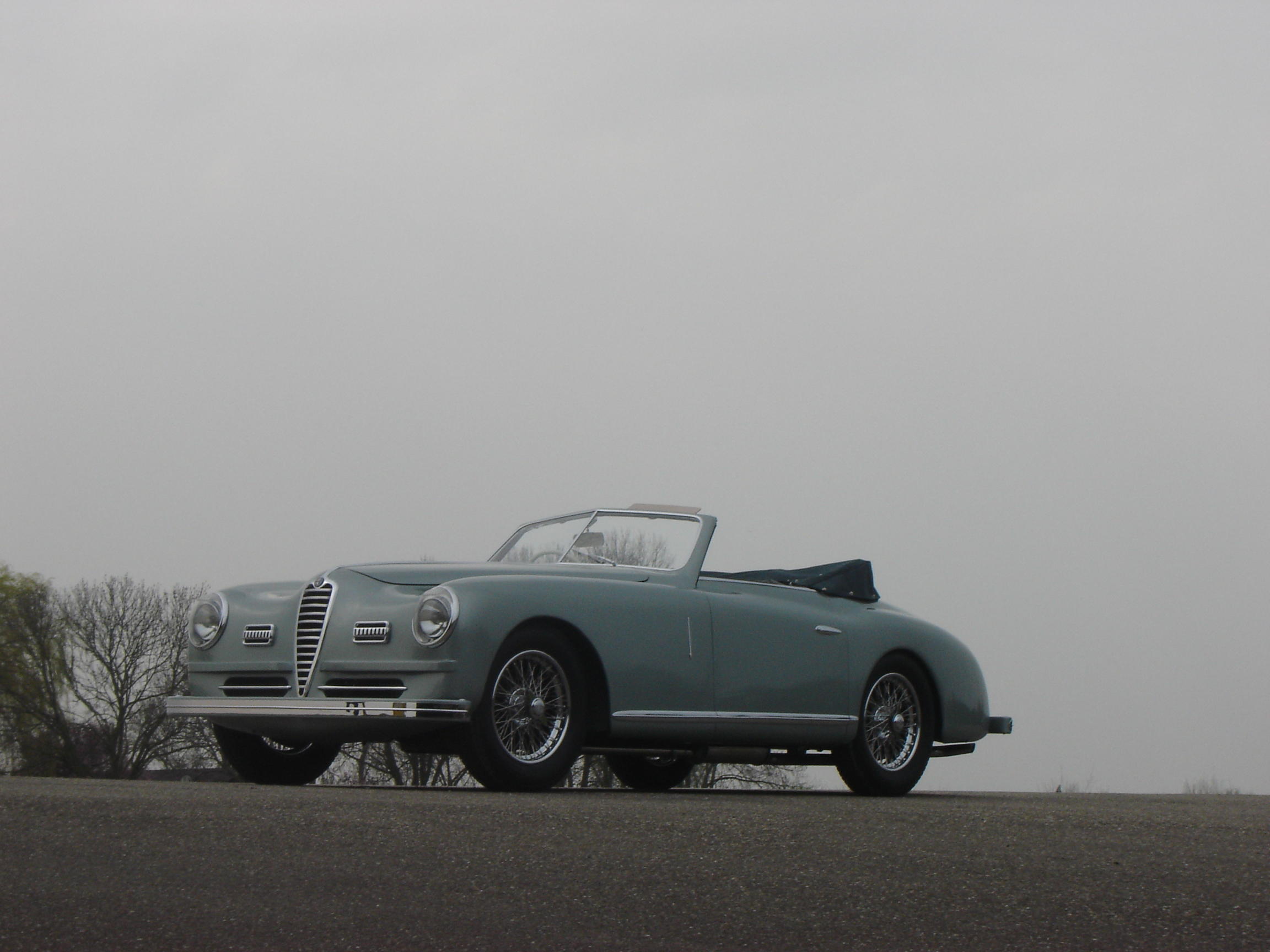
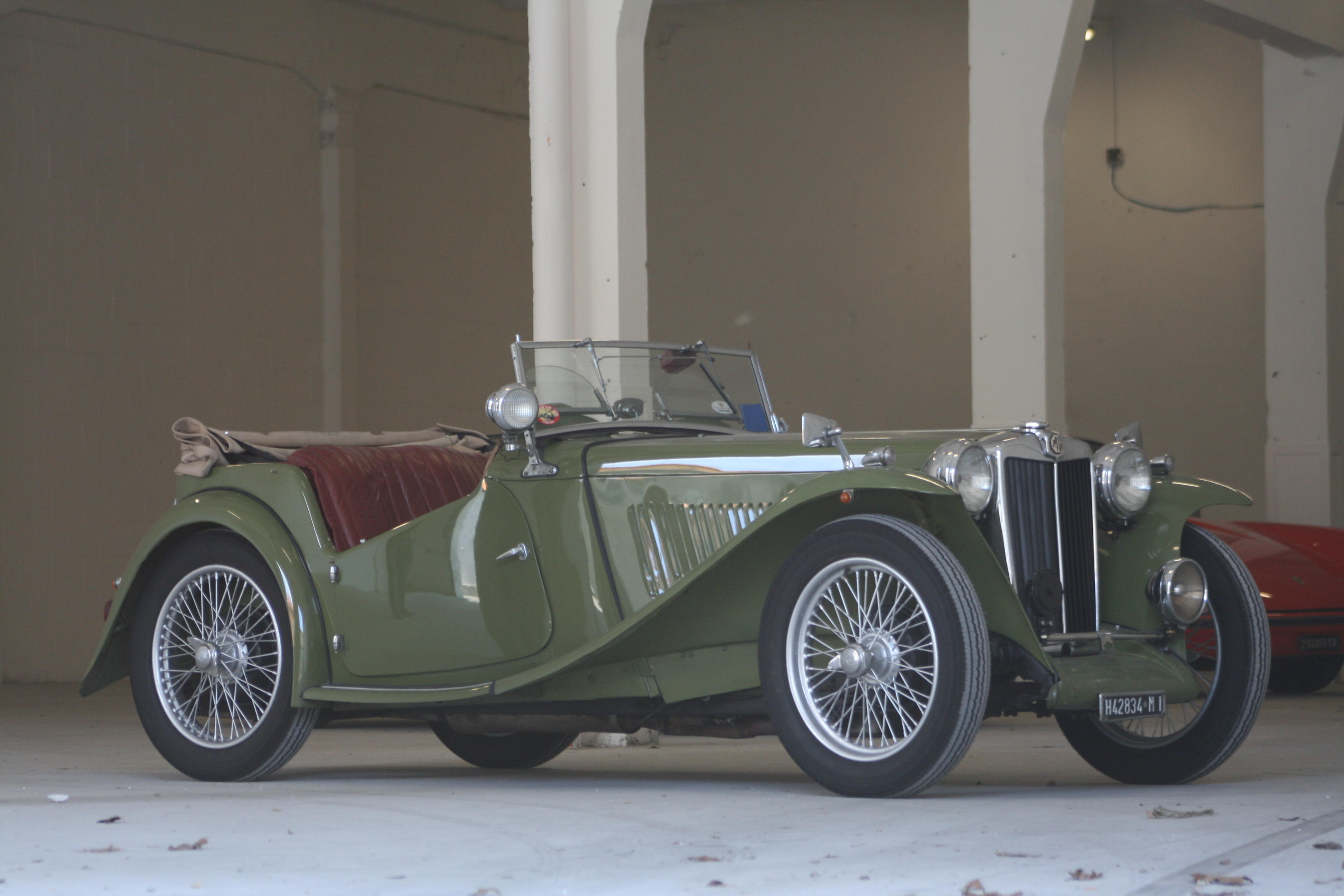
Testen Sie LotSearch und seine Premium-Features 7 Tage - ohne Kosten!
Lassen Sie sich automatisch über neue Objekte in kommenden Auktionen benachrichtigen.
Suchauftrag anlegen